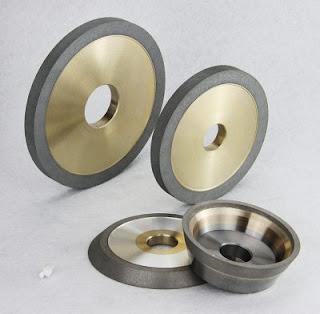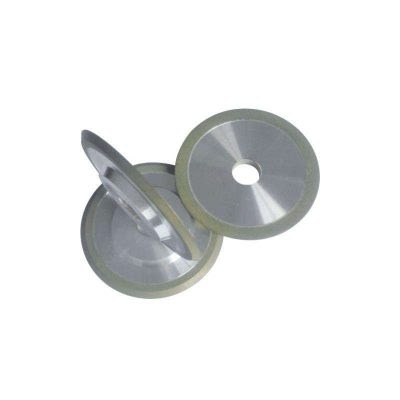How to Use Diamond Wheels to Grind Cermet?
Cermet is an important tool material that includes non-metallic refractory composites (ceramics) and metal bond with lower melting point. Diamond wheels grind cermet. They can be economically ground with diamond wheels, so the range of applications continues to expand. In Europe and the United States, all carbonitride-containing materials are generally considered to be cermets. In Japan, cermets refer only to those materials that contain titanium carbide. As a tool, it must have toughness and wear resistance at high temperatures. Early cermets were very hard but quite fragile, and modern cermets enhanced toughness and reduced hardness. The hardness mainly depends on the titanium nitride and titanium carbide content. The properties of these composites with the binder phase affect their grindability. The temperature of grinding cermet is higher than that of grinding tungsten carbide, and the grinding force is larger, especially the normal grinding force.
Diamond wheels grind cermet. One of the common problems with grinding cermets is that the surface of the wheel becomes dull and the wheels does not maintain the desired material removal rate. Soft resin bond is necessary and the wheels need to be dressed more frequently to maintain a suitable surface structure. The results show that the most important thing is to avoid polishing and clogging of the surface of the grinding wheel as much as possible, and to ensure proper material removal rate while maintaining proper cutting edge quality.
At higher feed rates, natural diamond and coarser synthetic diamond increase the relative wear rate of the wheel. As the rotational speed increases, the cutting force increases, and the cutting force increases with the material removal rate, but is not proportional to the feed rate. When the resection rate is too high, the grinding wheel cannot be stably ground.
Therefore, we could get following conclusions.
The polyimine bond grinding wheel has the best performance from the viewpoint of the life of the grinding wheel. The grinding wheels lose the grinding ability during simulated turning grinding test, because of the clogging of the grinding wheel. The lower grinding wheel linear speed and lower slew rate form the most stable grinding conditions. Fine-grained abrasives cause the normal grinding force to decrease. This type of grinding wheel could achieve high material removal rate without causing blockage of the grinding wheel.



www.glorydiamondtools.com
回复删除